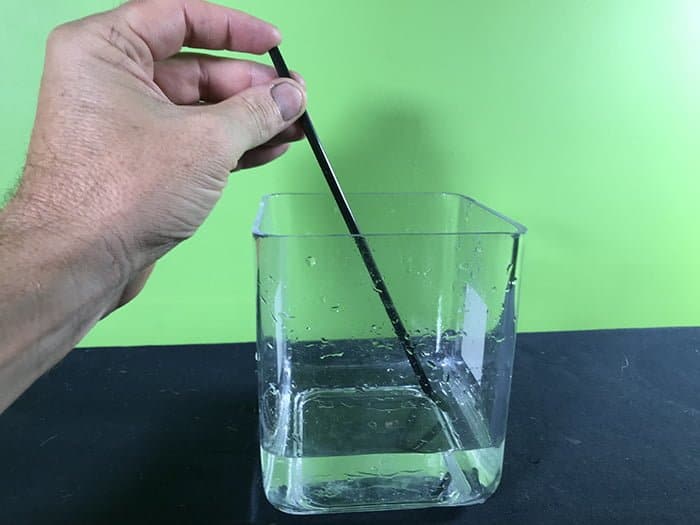
Place the straw in some water and then put your finger over the end. You can now remove the straw and keep the water inside (this works due to air pressure holding the water up). You could use a pipette to make this science activity easier too.
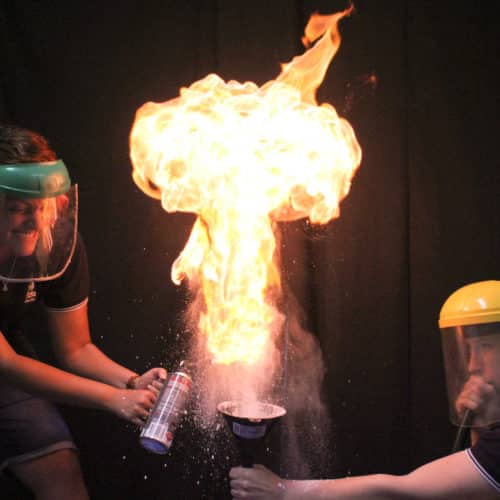
School science visits since 2004!
– Curriculum-linked & award-winning incursions.
– Over 40 primary & high school programs to choose from.
– Designed by experienced educators.
– Over 2 million students reached.
– Face to face incursions & online programs available.
– Early learning centre visits too!
What is happening?
The attractive forces between water molecules (called intermolecular forces) draw the molecules together. This happens in all liquids, where their molecules are more strongly attracted to each other than to the things around them. At the surface, the molecules are touching fewer other molecules, and so their attractive forces are stronger with the molecules they are touching, beside and below them. This holds the surface molecules together and holds the water in place over the coin, stopping water spillage for much longer than you would expect.
Because of surface tension, liquid surfaces act like a kind of ‘skin’, able to support small insects and materials on their surface.
Variables to test
- Hot vs. cold water… does it make a difference?
- What happens when the water has detergent in it?
- Dirty vs. clean coins
- Different size coins
- Teaching about how water works? Check out the Working with Water workshop!
Get in touch with FizzicsEd to find out how we can work with your class.
Working with Water
Years K to 2
Maximum 30 students
School workshop (NSW & VIC)
60 or 90 minutes
Online Class Available
STEM Full Day Accelerator - Primary
Designed from real classroom experiences, this modular day helps you create consistently effective science learning that directly address the new curriculum with easily accessible and cost-effective materials.
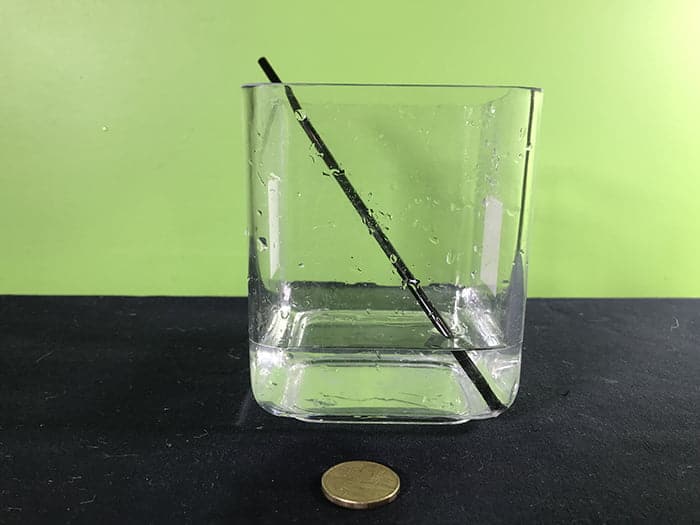
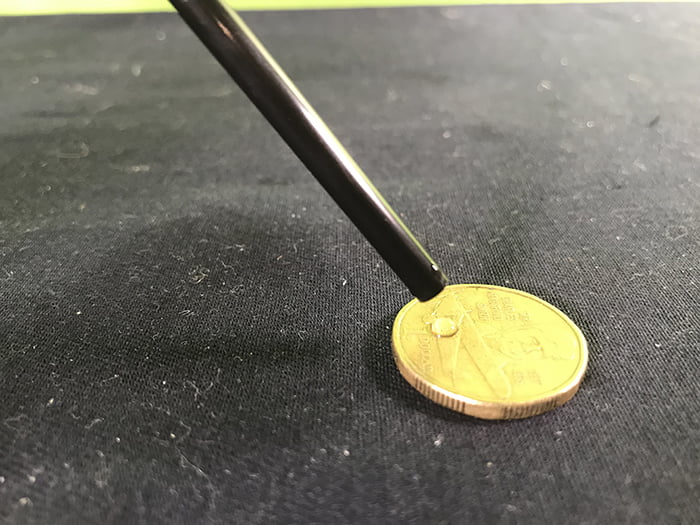
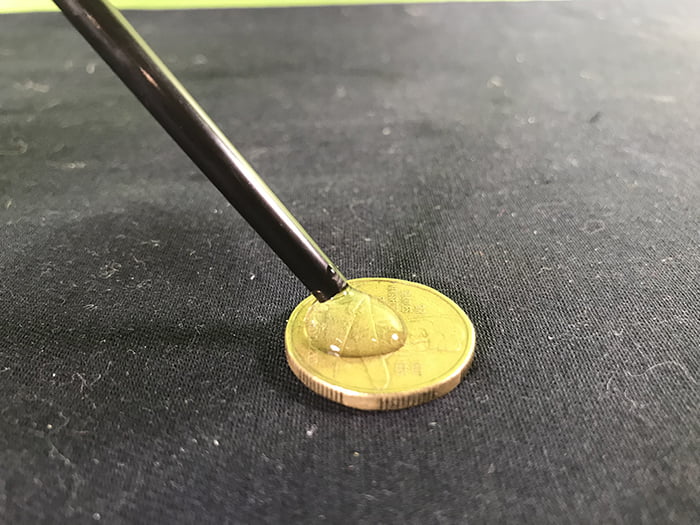
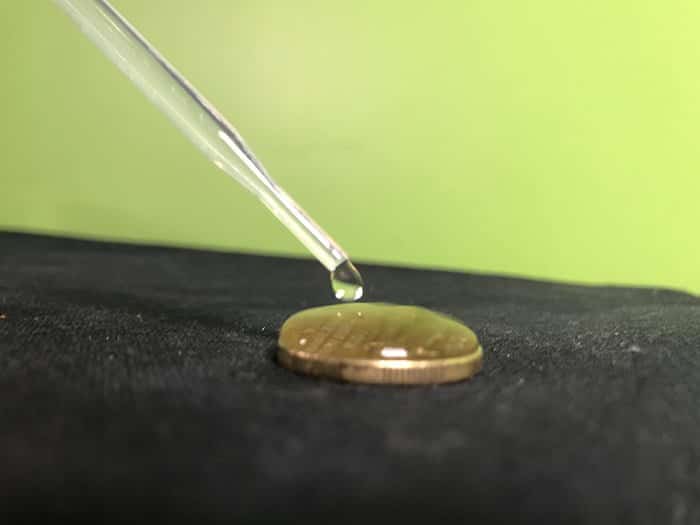
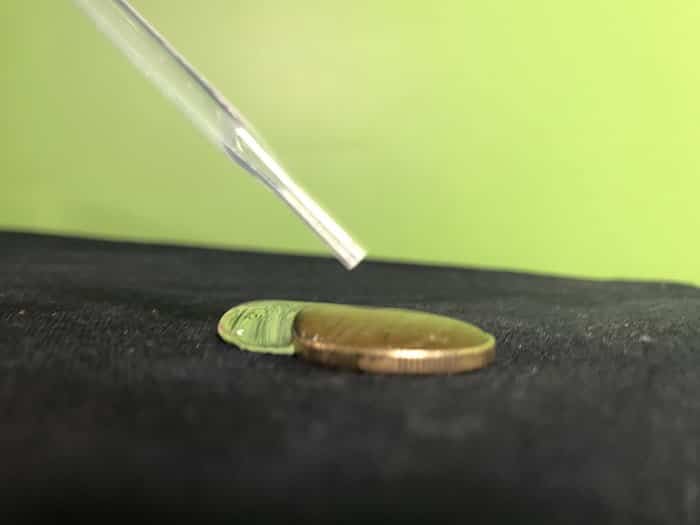
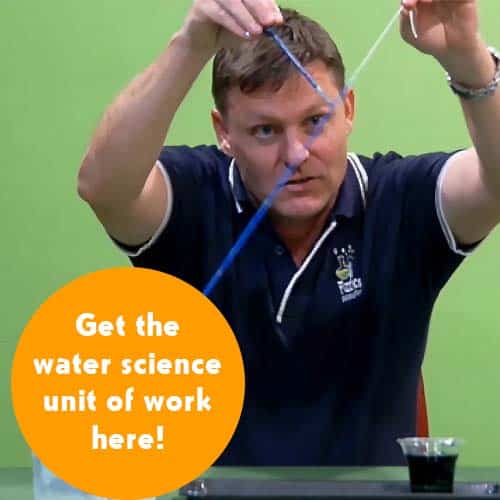


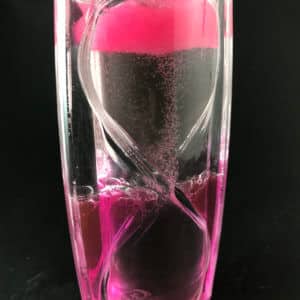
























I’ve found out that coins with smaller areas have more surface tension
Wow! Its been a while since I’ve done this experiment. Can you find anything on the internet that describes why this is the case? Great job!
I got 21 drops
Great! Which type of coin was this for?
i think ben is a bot and I used a aussie $1 dollar coin so I got 10 drops
Ha! Nah, I’m not a bot 🙂
Can you get more drops than 10 on a $1 coin? I’ve got roughly 30 or so once. Let us know how you go!
Hello Ben, just wanted to let you know that I am using your page for my chemistry assignment. My task is to create a 5-minute video completing an experiment related to chemistry. I chose your experiment as you explained it very well and you also made sure to demonstrate it very clearly. Thank you for your help, I’m going to be citing your work too! 🙂
Thanks for your kind feedback! All the best with your assignment 🙂